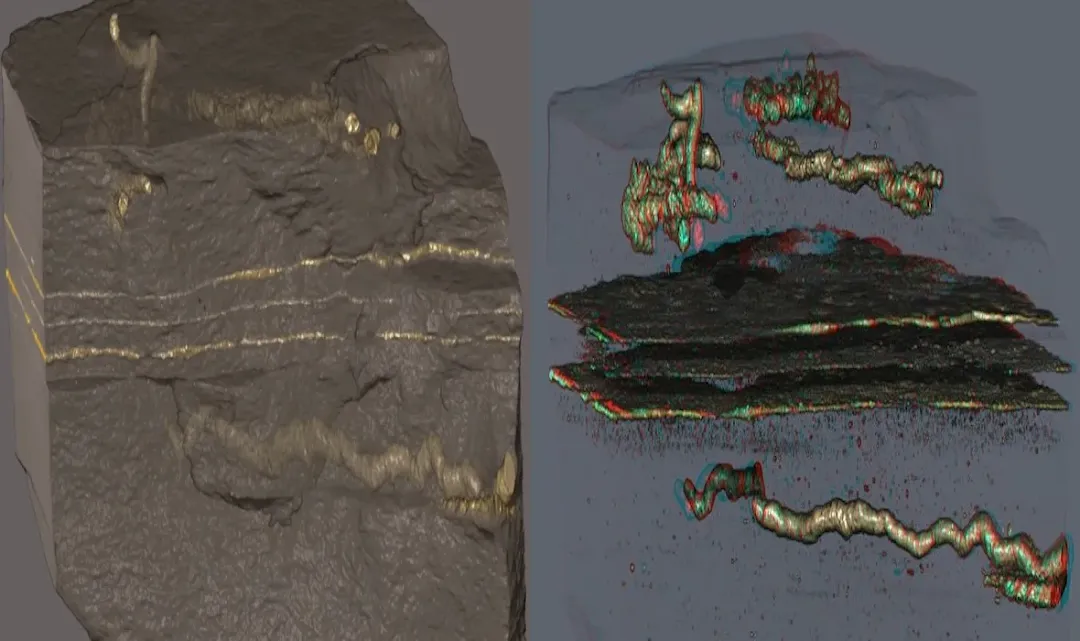Strange Blob-like Creature Could Be the Earth's First Moving Lifeform
These 2.1 Billion-Year-Old Slimy Things Could Be Earth's Earliest Moving Organisms
Until now, the first evidence for movement by complex, multicellular organisms dates back to around 600 million years ago. At 2.1 billion years old this latest discovery is much older.
An international multi-disciplinary team coordinated by Abderrazak El Albani at the Institut de chimie des milieux et matériaux de Poitiers (CNRS/Université de Poitiers) has uncovered the oldest fossilised traces of motility. Whereas previous remnants were dated to 570 million years ago, this new evidence is 2.1 billion years old. The fossils were discovered in a deposit in Gabon, where the oldest multicellular organisms were found.
A few years ago, geologist Abderrazak El Albani and his team at the Institut de chimie des milieux et matériaux de Poitiers (CNRS/Université de Poitiers) discovered the oldest existing fossils of multicellular organisms in a deposit in Gabon. Located in the Franceville Basin, the deposit allowed scientists to re-date the appearance of multicellular life on Earth to 2.1 billion years—approximately 1.5 billion years earlier than previously thought (600 million). At the time, the researchers showed that this rich biodiversity co-occurred with a peak in dioxygenation of the atmosphere, and developed in a calm and shallow marine environment.
In this same geological deposit, the team has now uncovered the existence of fossilised traces of motility. This shows that certain multicellular organisms in this primitive marine ecosystem were sophisticated enough to move through its mud, rich in organic matter.
The traces were analysed and reconstructed in 3-D using X-ray computed micro-tomography, a non-destructive imaging technique. The more or less sinuous structures are tubular, of a generally consistent diameter of a few millimetres, and run through fine layers of sedimentary rock. Geometrical and chemical analysis reveals that they are biological in origin and appeared at the same time the sediment was deposited.
The traces are located next to fossilised microbial biofilms, which formed carpets between the superficial sedimentary layers. It is plausible that the organisms behind this phenomenon moved in search of nutritive elements and the dioxygen, both produced by cyanobacteria.
What did these living elements look like? Though difficult to know for certain, they may have been similar to colonial amoebae, which cluster together when resources become scarce, forming a type of slug, which moves in search of a more favourable environment.
Until now, the oldest traces of recognised movement were dated to 570 million years ago, an estimate that appeared to be confirmed by the molecular clock. Evidence of motility found in rock that is 2.1 billion years old raises new questions regarding the history of life—was this biological innovation the prelude to more perfected forms of movement, or an experiment cut short by the drastic drop in atmospheric oxygen rates that occurred approximately 2.083 billion years ago?


%20(1).webp)






